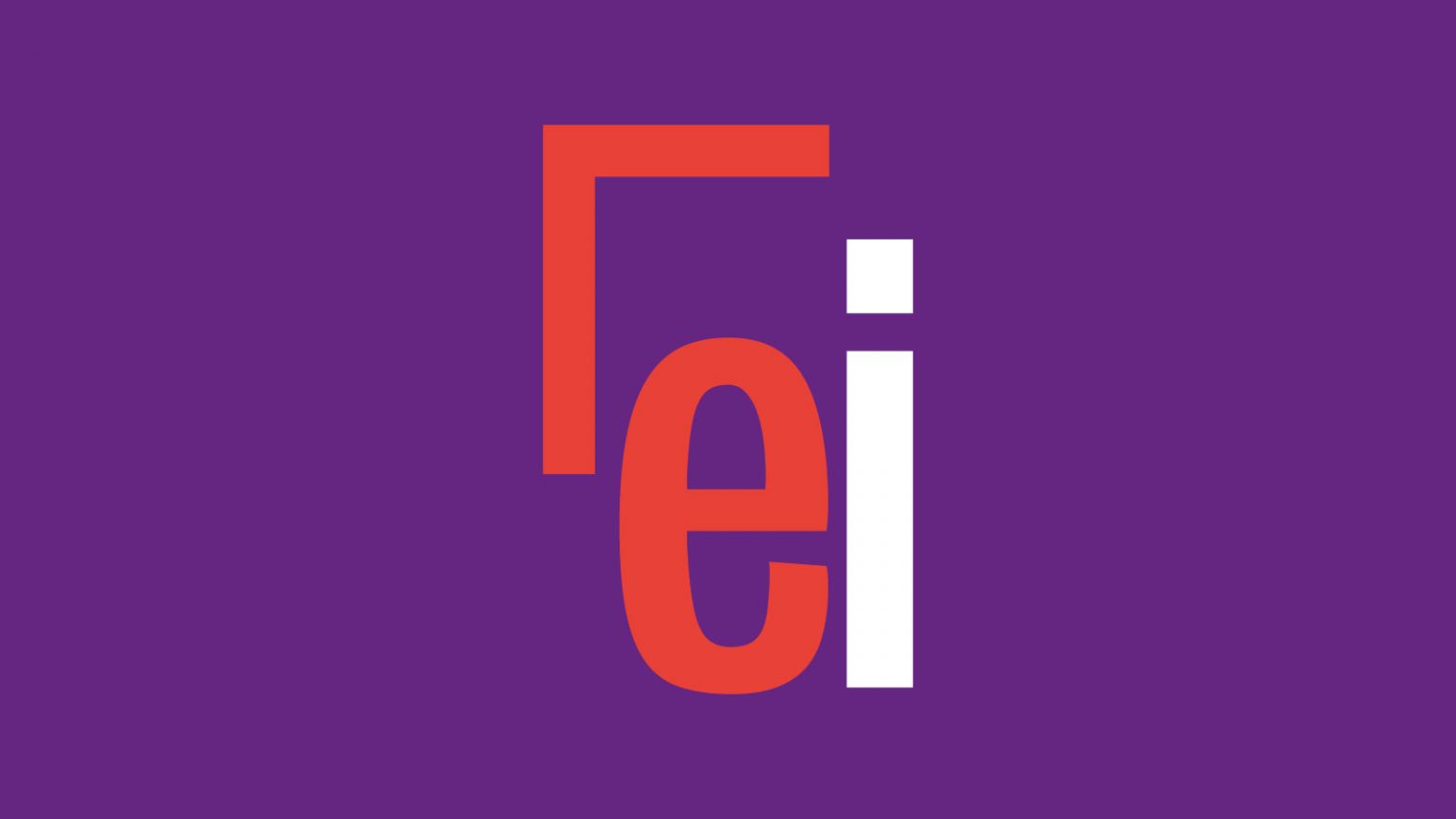After the worst of the pandemic that hit the country was over, the health system was able to self-diagnose its weak points, take note and prepare for the future with better staffing and hospital infrastructure.
The greatest stress was felt in the intensive care units (ICU), their quantity, equipment and, above all, specialized personnel. What we suffered in Paraguay was not an exception. There has been practically no country that has not reached the limit of its intensive care possibilities, given that the virulence of COVID occurred in respiratory diseases that cause most of the deaths.
The bulk of the deficit in this delicate link of health care was the personnel that demand an ICU. The emergency made explicit the tight mesh of professionals required: a chief physician specialized in intensive medicine who is responsible for the organization, operation and administration of the unit. Then there are the doctors in charge, in shifts, of the direct treatment of the patient in intensive care. You also need a floor manager in addition to nursing staff, preferably a specialist or with sufficient experience in the area. It also requires a person responsible for the administrative management process and exclusive nurses for the unit who are responsible for the close monitoring of the patient. Around each unit there is also a constellation of inhalation therapists, laboratory technicians, hemotherapists, nutritionists, imaging medicine technicians, psychologists and social workers. All this gives an idea of the dimensions that this chapter of intensive medicine takes on when put to the test during an emergency.
Naturally, the human and technical endowment of the ICU universe is not calculated based on extreme peaks as COVID 19 was, but rather taking into account a dimension capable of responding elastically, capable of covering the gradual demand of an epidemic or, God. don’t want it, from another pandemic.
Presumably, Public Health must have teams working right now on the redesign of this chapter and taking advantage, incidentally, of the transformative drive of the public sector that has been talked about insistently. There are financial resources available and an urgent need to adapt the health system. Let’s do it.

















